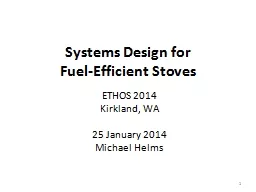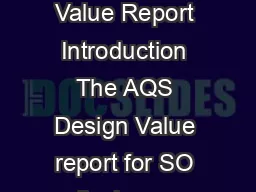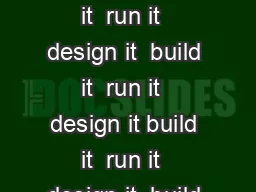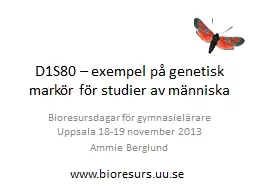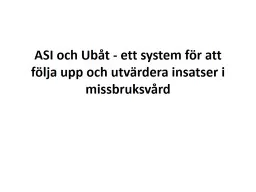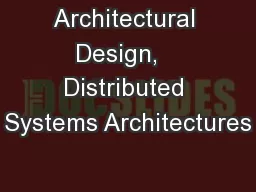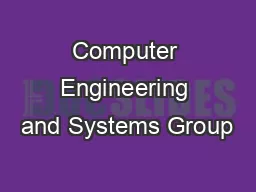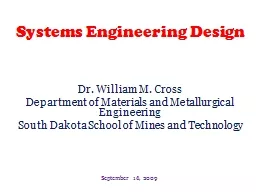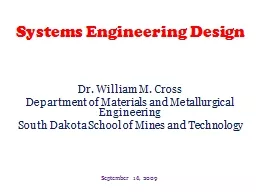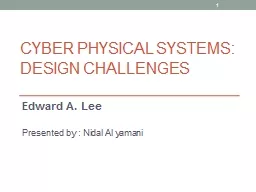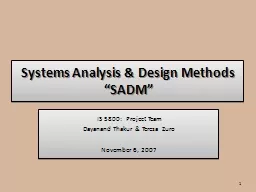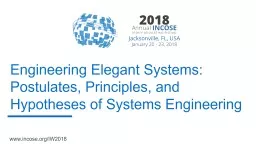PPT-Systems Design for
Author : lois-ondreau | Published Date : 2016-07-20
FuelEfficient Stoves ETHOS 2014 Kirkland WA 25 January 2014 Michael Helms 1 Lets Have a Conversation The world of fuelefficient stoves has evolved Big changes in
Presentation Embed Code
Download Presentation
Download Presentation The PPT/PDF document "Systems Design for" is the property of its rightful owner. Permission is granted to download and print the materials on this website for personal, non-commercial use only, and to display it on your personal computer provided you do not modify the materials and that you retain all copyright notices contained in the materials. By downloading content from our website, you accept the terms of this agreement.
Systems Design for: Transcript
Download Rules Of Document
"Systems Design for"The content belongs to its owner. You may download and print it for personal use, without modification, and keep all copyright notices. By downloading, you agree to these terms.
Related Documents

